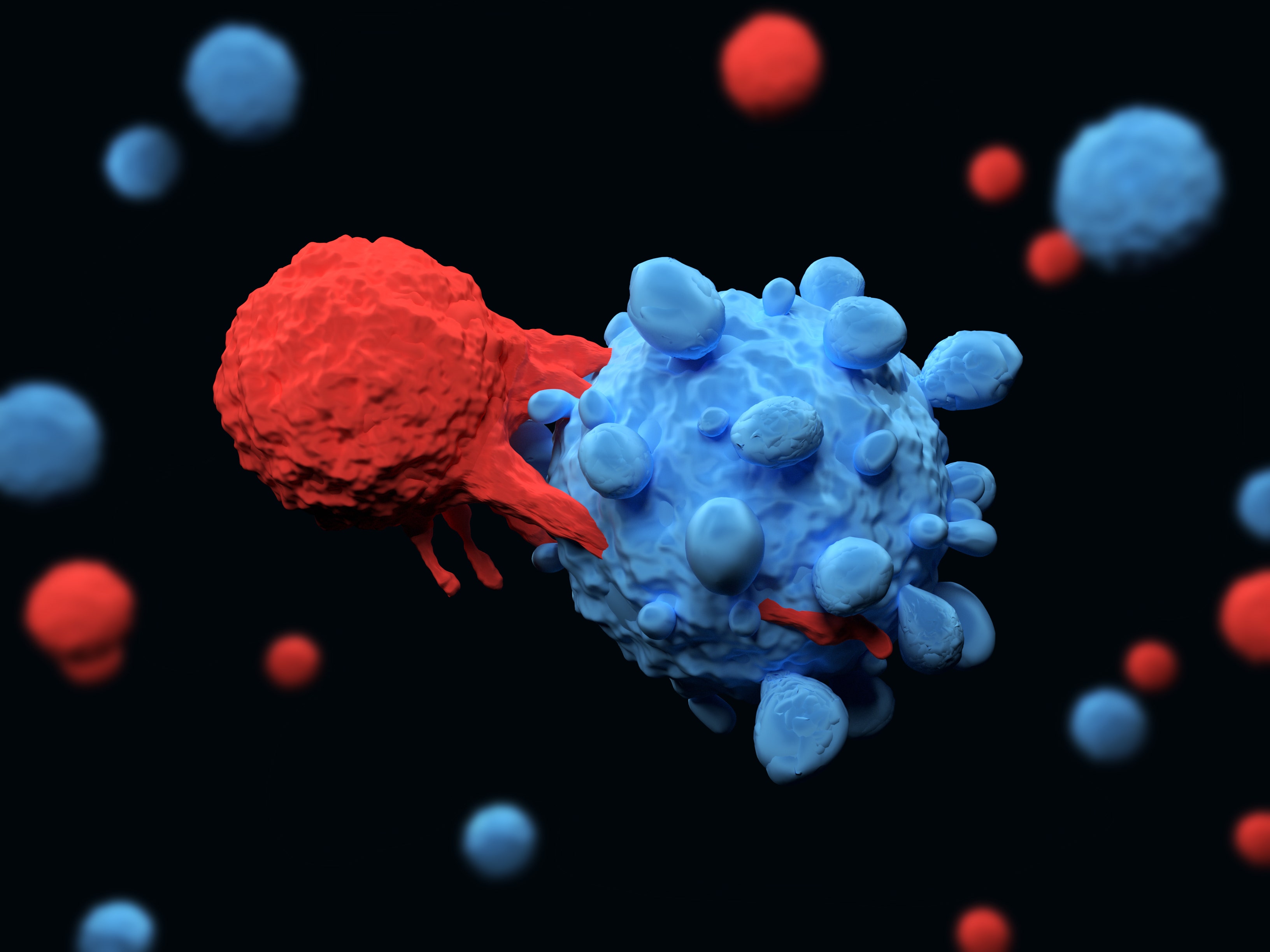A New Tool Enables Rational Design of CRISPR-Cas9 Base Editors
Clustered Regularly Interspaced Short Palindromic Repeats (CRISPR) and CRISPR associated proteins (Cas proteins) have revolutionized researchers’ ability to manipulate the genome. Notably, using CRISPR-Cas to target multiple genes simultaneously promises to advance the development of cell-based therapies such as chimeric antigen receptor (CAR) T cells. A drawback of the most commonly used form of CRISPR-Cas is that it functions by inducing a double-stranded break (DSB) at a specific DNA site. This introduces the risk of off-target genome modification, especially in a multiplex setting. Although CRISPR-Cas base editors overcome this problem by disrupting genes without inducing DSBs, their utility has been limited by a lack of tools for designing and ranking the DNA targeting component, single-guide RNA (sgRNA). To address this need, researchers at the University of Minnesota recently developed a modular platform termed SpliceR and used it to compare gene disruption approaches in T cells. Their findings, published in Nature Communications, demonstrated the applicability of SpliceR to both basic and translational research.

A novel tool enables researchers to design and rank base editing sgRNAs
While numerous publications describe the use of CRISPR-Cas9 adenosine and cytidine base editors (ABEs and CBEs) for gene editing, progress in this field has been limited by the lack of an effective tool for designing base editor sgRNAs and the complexity of comparing different base editing strategies. SpliceR, an easy-to-use web-based tool, overcomes these constraints by predicting base editing sgRNAs to target splice-sites for gene modulation or knockout, thereby streamlining the identification of sgRNAs capable of causing high-efficiency disruption.
Proven utility for comparing disruption approaches in T cells
To demonstrate the utility of SpliceR, University of Minnesota researchers performed a focused, medium throughput sgRNA screen targeting the proteins of the T cell receptor-CD3 (TCR-CD3) complex and MHC Class I immune synapse. This involved co-transfecting primary human T cells with TCR-CD3-targeting sgRNAs, SpCas9 mRNA, and Cas9 nuclease before measuring indel formation via Sanger sequencing and TC3-CD3 protein expression via flow cytometry. Key findings included the discovery that targeting splice donor sites (located at the 5’ end of the intron) provided more reliable disruption than targeting splice acceptor sites (located at the 3’ end of the intron), and the observation that CBEs were more effective than ABEs at disrupting gene expression. For example, editing of the target base and loss of CD3 surface expression were higher with the fourth generation CBE, BE4, when compared with the seventh generation ABE, ABE7.10. The BE4, ABE7.10, and SpCas9 mRNA used in this study were all provided by TriLink.
Featured product:: mRNA
Article Reference: Kluesner MG, Lahr WS, Lonetree C et al., CRISPR-Cas9 cytidine and adenosine base editing of splice-sites mediates highly-efficient disruption of proteins in primary and immortalized cells, Nat Commun. 2021; 12:2437.


